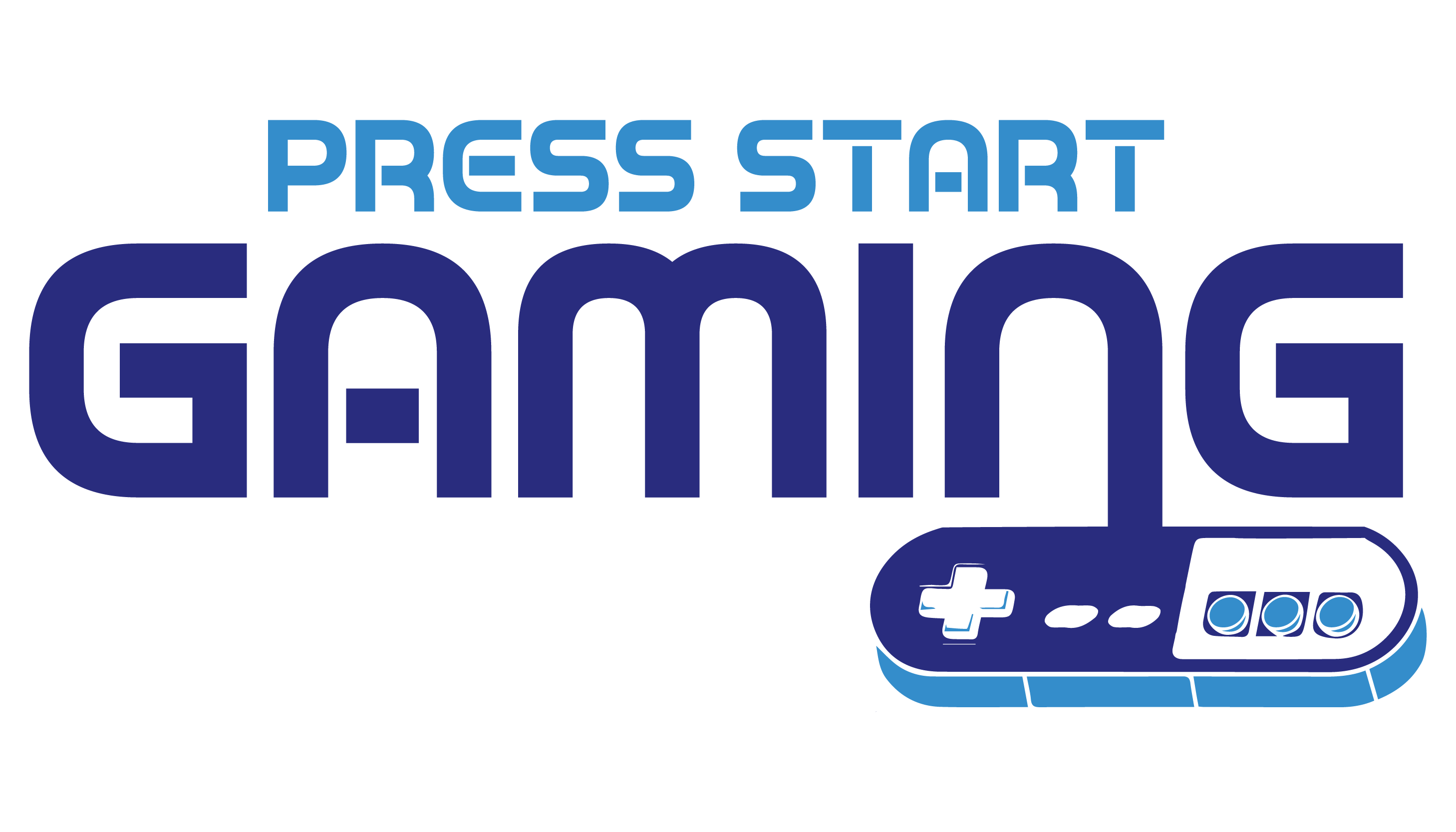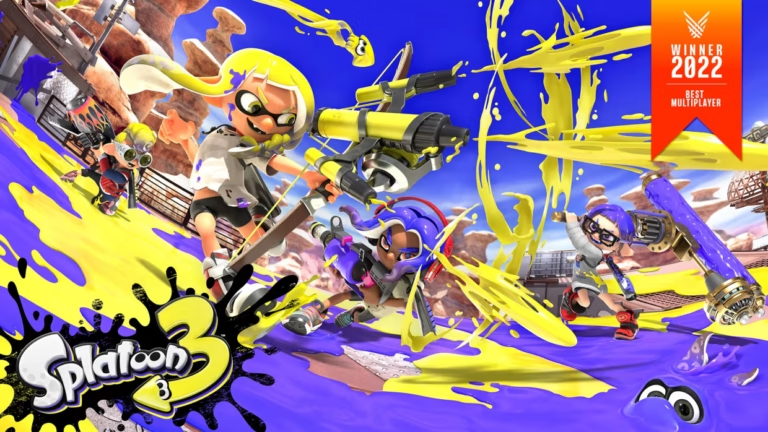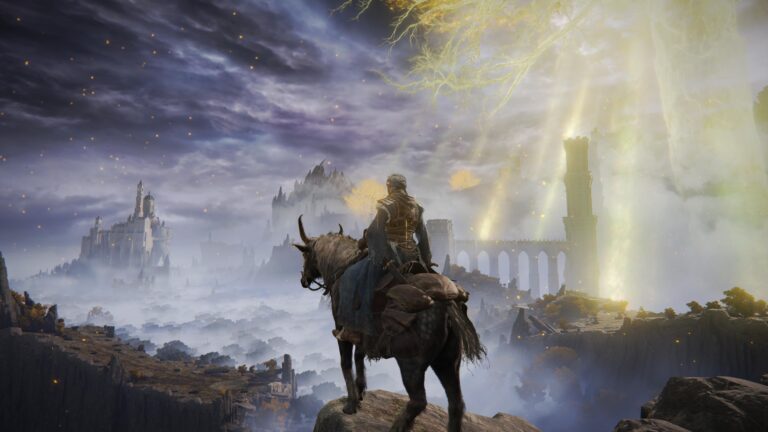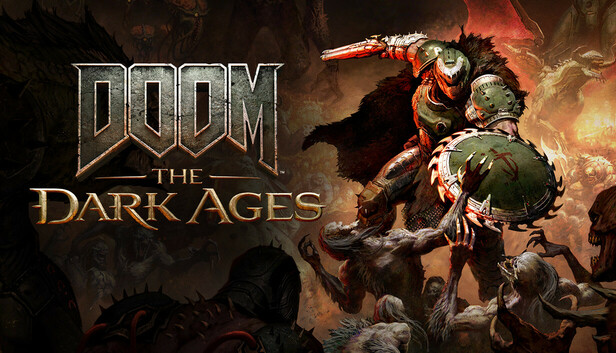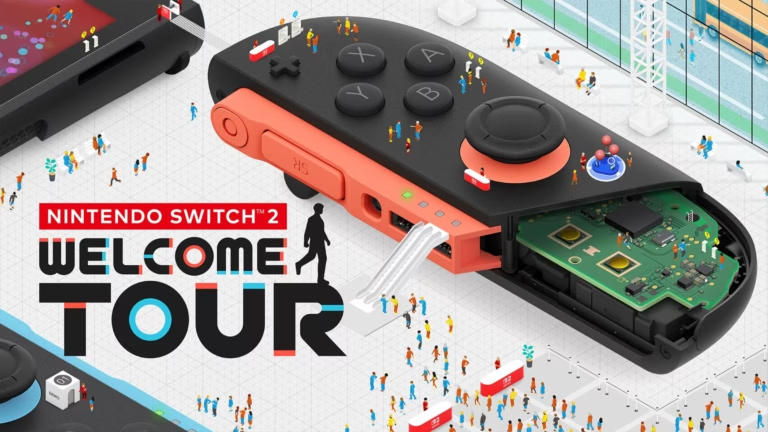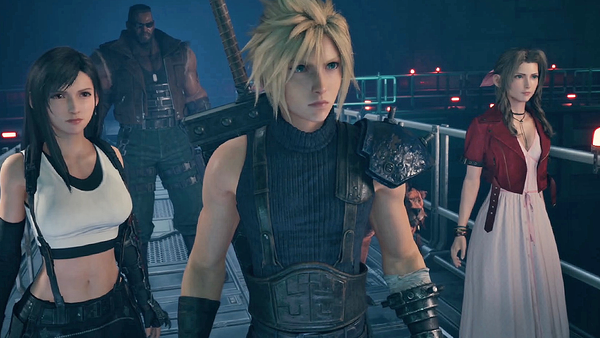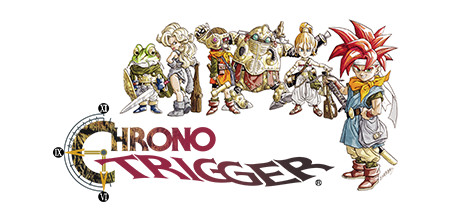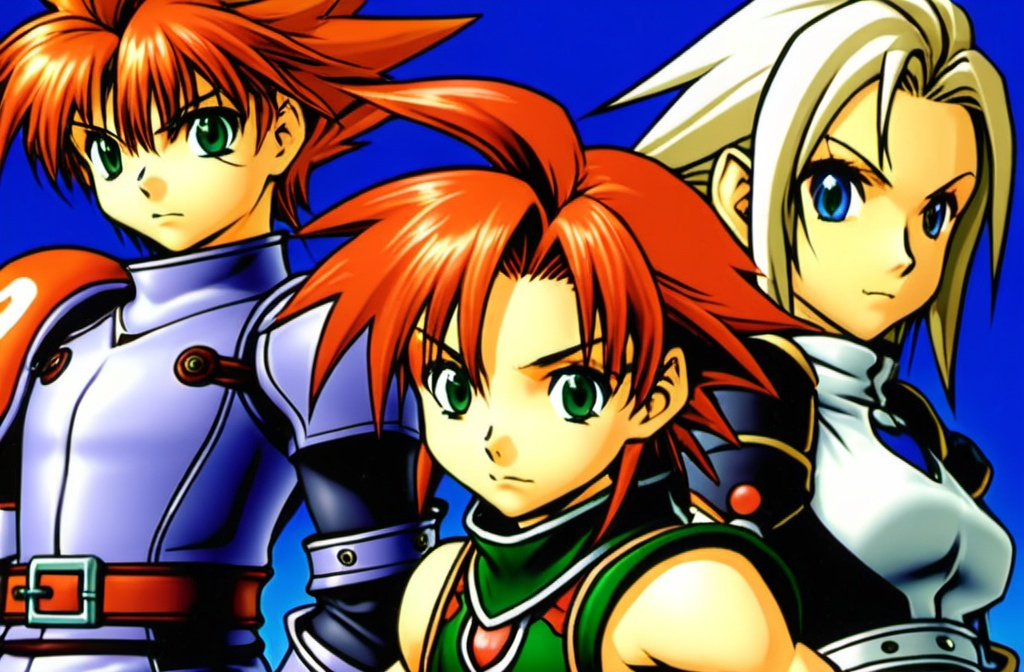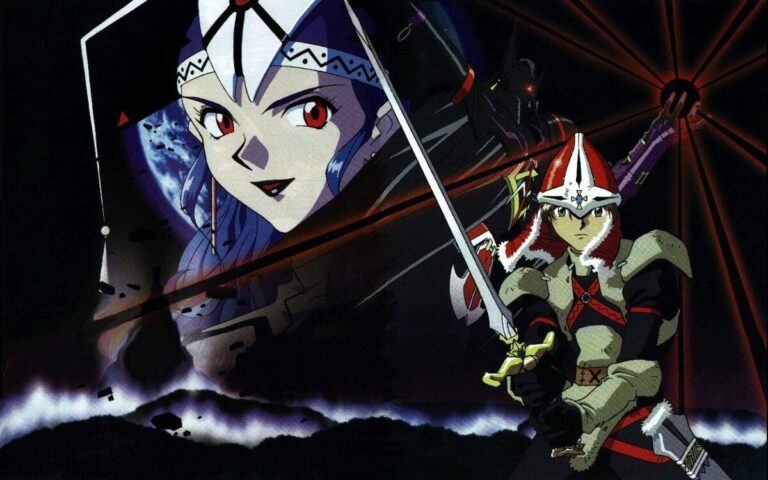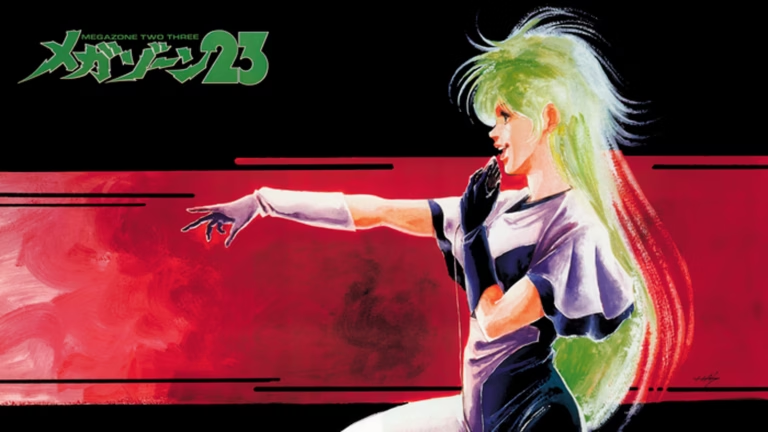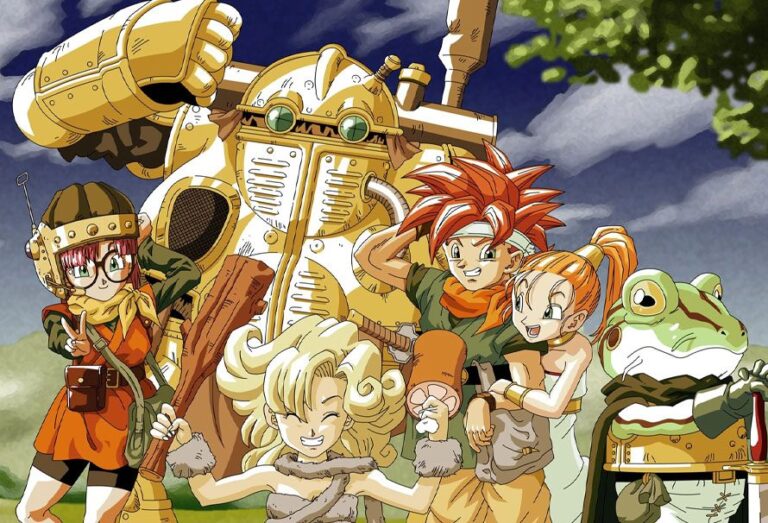Introduction
In the pantheon of role-playing games, few titles have achieved the iconic status of Final Fantasy 7. Developed by the legendary Square (now Square Enix), this game was released on January 31, 1997, for the Sony PlayStation. It has since been ported to numerous platforms, including PC, iOS, Android, and modern consoles, ensuring its legacy endures across generations. Final Fantasy 7 was a turning point for the franchise and the RPG genre, propelling it into the 3D era with groundbreaking visuals and storytelling.
Story & Setting
At the heart of Final Fantasy 7 lies a deeply engaging narrative that intertwines themes of identity, sacrifice, and environmentalism. The game is set in the dystopian world of Gaia, where the megacorporation Shinra Electric Power Company exploits the planet’s life force for energy. Players assume the role of Cloud Strife, a brooding mercenary with a mysterious past. Cloud joins a group of eco-terrorists known as AVALANCHE, aiming to thwart Shinra’s destructive ambitions.
The story unfolds through a richly woven tapestry of character arcs and plot twists. Key figures like Aerith Gainsborough, Tifa Lockhart, and the enigmatic Sephiroth add depth to an already compelling narrative. Each character is meticulously crafted, with distinct personalities and motivations, contributing to the game’s immersive storytelling. The world-building is equally impressive, with diverse locales ranging from the bustling metropolis of Midgar to the serene Cosmo Canyon, each teeming with lore and history.
Gameplay & Mechanics
Final Fantasy 7’s gameplay is anchored by its Active Time Battle (ATB) system, a hallmark of the series that combines turn-based strategy with real-time elements. Players must manage their party’s actions carefully, balancing offense, defense, and resource management. The Materia system allows for deep customization, enabling players to equip characters with magical orbs that bestow various abilities and spells. This system encourages experimentation, offering countless ways to approach combat.
Exploration is another core facet, with a world map that invites players to uncover secrets, engage in side quests, and discover hidden treasures. The game’s difficulty is well-balanced, providing a satisfying challenge for newcomers and veterans alike. Progression is tied to a traditional leveling system, with characters gaining experience points from battles to improve their stats and unlock new skills.
Visuals & Art Direction
For its time, Final Fantasy 7 was a visual marvel. It was the first in the series to utilize 3D graphics, featuring pre-rendered backgrounds and polygonal characters. The art direction is a fusion of science fiction and fantasy, creating a unique aesthetic that remains iconic. Despite the limitations of the era, the game delivers memorable visual moments, from the sprawling streets of Midgar to the ethereal beauty of the Northern Crater.
Animation, while primitive by today’s standards, was revolutionary when the game launched. Character models and cutscenes convey emotion and action with a cinematic flair, enhancing the storytelling experience. Performance on the PlayStation was solid, with few technical hiccups, ensuring an immersive experience from start to finish.
Sound & Music
Nobuo Uematsu’s score for Final Fantasy 7 is nothing short of legendary. The music ranges from hauntingly beautiful melodies to pulse-pounding battle themes, each track enhancing the emotional impact of the story. Iconic pieces like “One-Winged Angel” and “Aerith’s Theme” have become synonymous with the series and are celebrated in gaming concerts worldwide.
The sound design complements the music, with ambient effects that breathe life into the game’s world. The PlayStation version lacked voice acting, but subsequent remasters and adaptations have introduced vocal performances that add another layer of depth to the characters.
Innovation & Comparisons
Final Fantasy 7 was a trailblazer, setting a new standard for narrative complexity and production values in video games. It built upon the foundations laid by its predecessors, expanding the series’ audience and influence. Compared to other RPGs of the time, it stood out for its ambitious storytelling and cinematic presentation.
In the broader context of the Final Fantasy franchise, Final Fantasy 7 marked a departure from the medieval settings of earlier entries, embracing a more modern and technologically advanced world. This shift influenced future titles, inspiring a new wave of RPGs that sought to emulate its success.
Strengths & Weaknesses
- Strengths:
- Compelling narrative with deep character development.
- Innovative gameplay mechanics and customization options.
- Stunning art direction and memorable music.
- Weaknesses:
- Some aspects of the graphics and animations have aged poorly.
- Occasional pacing issues, particularly in the latter half of the game.
Final Verdict
Final Fantasy 7 is a masterpiece that continues to captivate audiences with its rich storytelling, innovative gameplay, and unforgettable music. While some of its visual elements may show their age, the game’s core experience remains timeless. It is a must-play for fans of the RPG genre and anyone interested in gaming history. Whether you’re a long-time aficionado or a newcomer, Final Fantasy 7 offers a journey that is both emotionally resonant and endlessly engaging.
